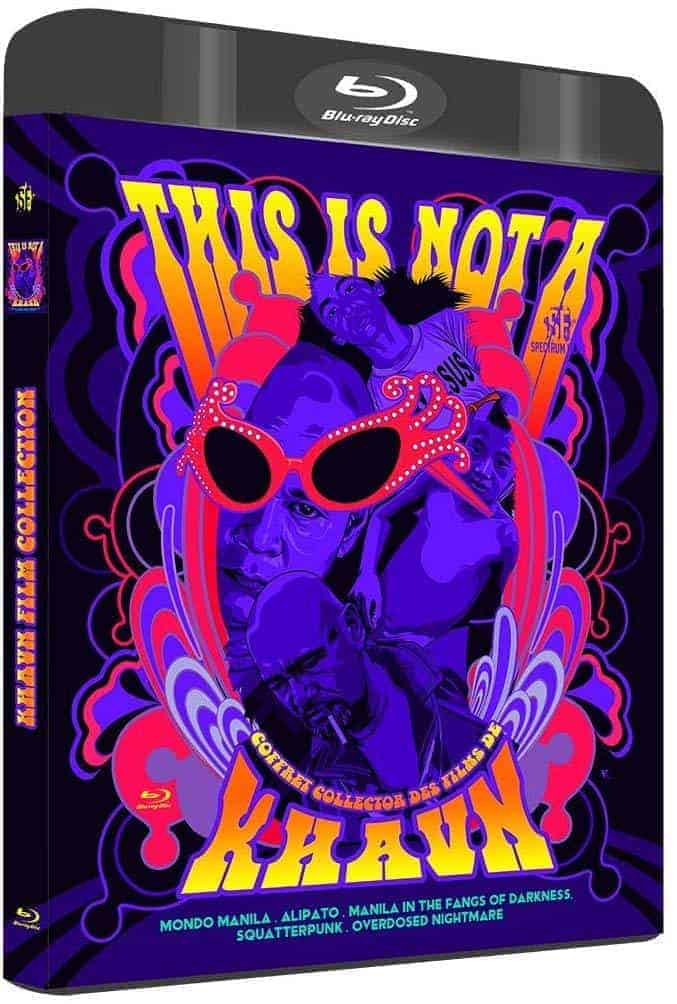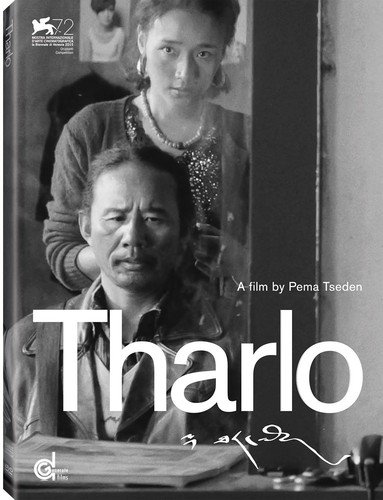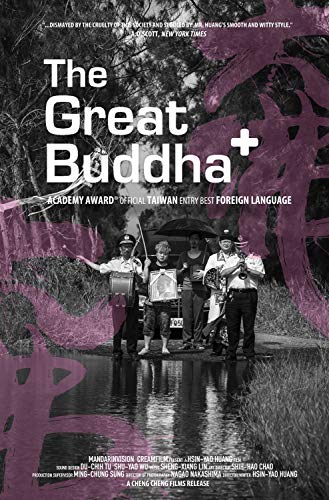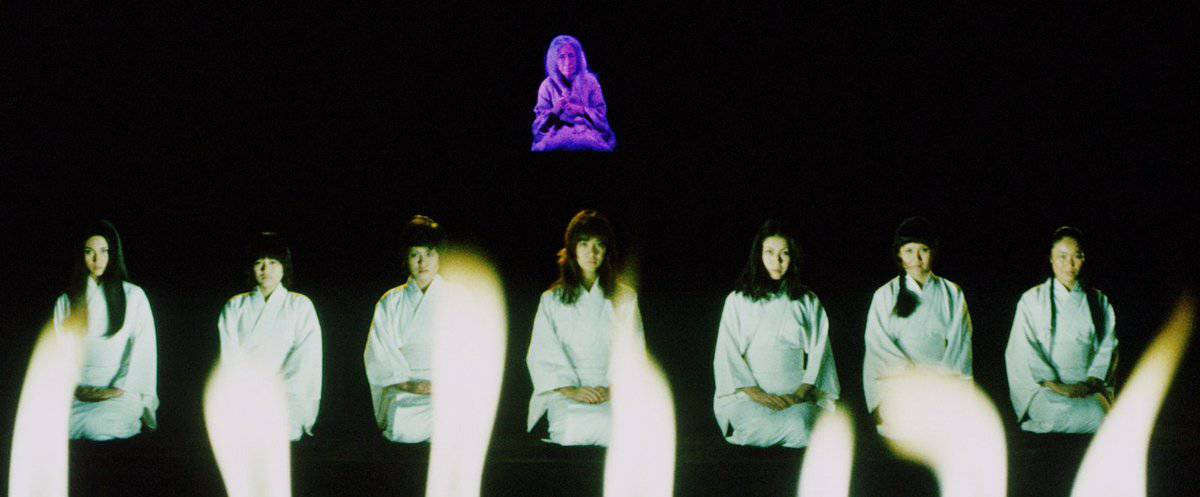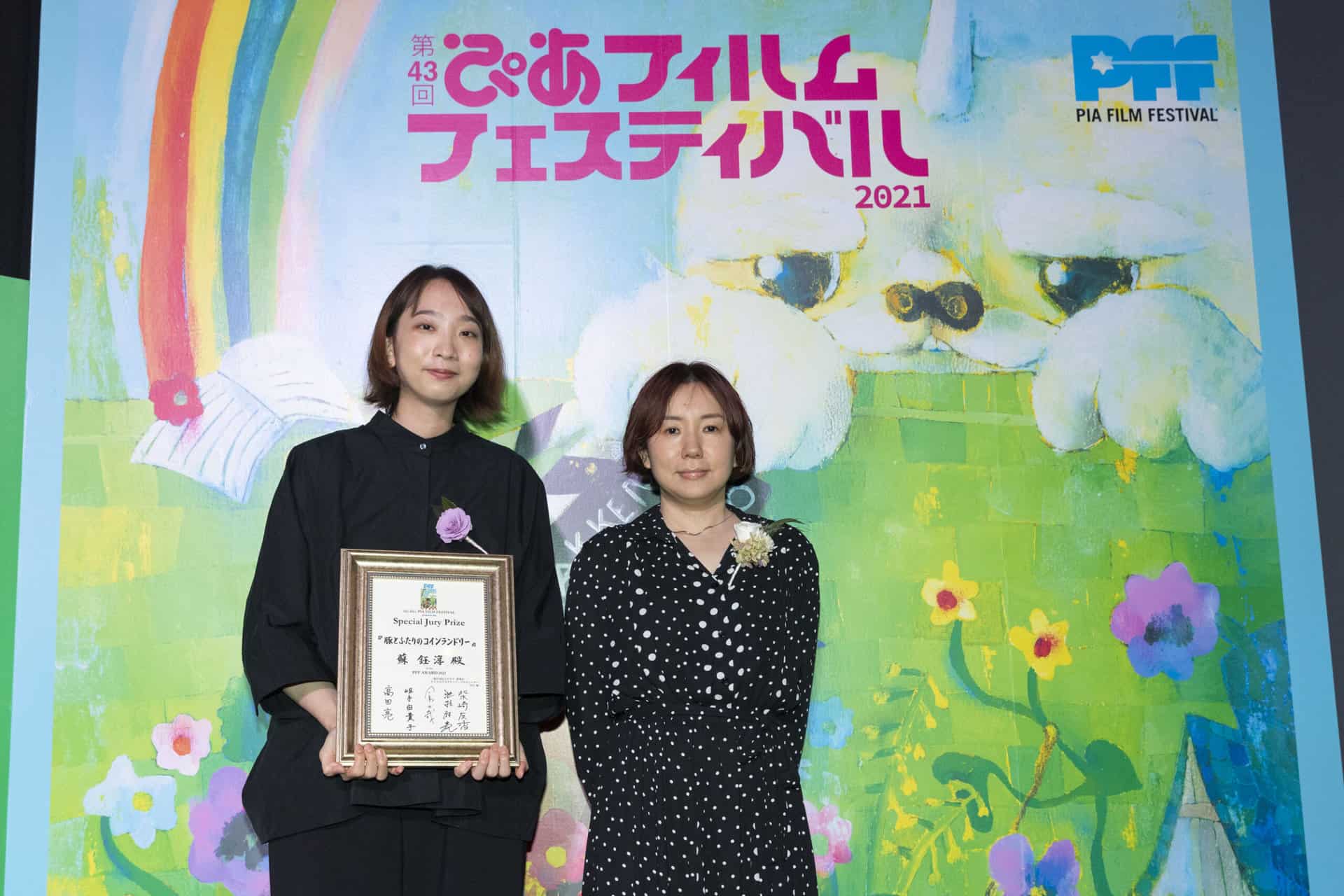11. Kontora (Anshul Chauhan, 2019, Japan)

Visually, the film is quite impressive. The concept of the man walking backwards looks great and really draws the viewer to the character and his reasons and Max Golomidov has done a great job capturing this weird but very engaging concept. The black-and-white cinematography fits the aesthetics of the narrative perfectly and adds to the overall melancholy and nostalgia that permeates the film. Furthermore, Golomidov has captured the bucolic setting of the area quite artfully, in essence making the location one of the protagonists of the film. (Panos Kotzathanasis)
12. Labyrinth of Dreams (Sogo Ishii, 1997, Japan)

Gakuryu Ishii, formerly Sogo Ishii, is most known for his chaotic punk films of the ‘80s. Inspiring filmmakers like Tsukamoto, Fukui, and Sono, the director has helped shape the modern world of cinema, but maybe his most criminally underrated film would be “Labyrinth of Dreams”. A subtle and passionate piece that broods a dark and sinister chaos behind the black and white nostalgic backdrop of early 20th century Japan. Gone are the angry male teens of “Crazy Thunder Road”, but the punk energy that made them remains intensely present. (Robert Edwards)
Buy This Title
12. Live From Dhaka (Abdullah Mohammad Saad,2016, Bangladesh)

Abdullah Mohammad Saad pens, directs and edits a film about a man whose already bad situation, constantly worsens, as he realizes that he has no way out and is gradually engulfed by despair. The fact that his leg is bad and has to use a cane to walk symbolizes his situation, and the fact that even his physical condition worsens, its constant deterioration. In that fashion, and along with the riots that overtake the city due to the financial crisis, Saad absolutely justifies Sazzad's decision to leave, only to shutter this justification at the end, in both of the last two scenes. This never-ending live nightmare is much reminisced of ancient, Greek tragedies, but without the catharsis that defined them, since the story here is a never-ending downward spiral, from beginning to end. (Panos Kotzathanasis)
13. Merry Christmas Mr Mo (Lim Dae-hyeong, 2016, S. Korea)

The narrative, which is split in five chapters, also moves towards the same direction, while the gradual revealing of Mr Mo's true personality, which actually lasts until the very end, also being one of the biggest traits of the film. The same applies to Ha Hyeon-jin's minimal, bluesy music that fits the general atmosphere of the movie perfectly. (Panos Kotzathanasis)
15. No 1. Chung Ying Street (Derek Chiu, 2018, Hong Kong)

“No. 1 Chung Ying Street” is not an optimistic movie, especially the second part that is infused with a taste of failure of the Umbrella Movement, and the film has some little flaws but it shouts out that is a labour of love, a story that needed to be told with passion and Derek Chiu certainly did. Moreover, the challenges and hardships endured to make it happen are having the collateral effect of catalyzing even more attention on the disappearing freedom of expression in Hong Kong. (Adriana Rosati)
Buy This Title

16. Squatterpunk (Khavn, 2007, Philippines)

“Squatterpunk” focuses on the actual lives of a band of children who roam the streets half or occasionally completely naked. As we watch them floating in a sea filled with garbage, picking up rubbish here and there and considering clean water as a true treasure, one can realize that the extreme themes in Khavn's later movies actually have their base in reality, and that they depict the ugly truth no one dares to show on cinema.
Buy This Title
17. Tharlo (Pema Tseden, 2015, Tibet)
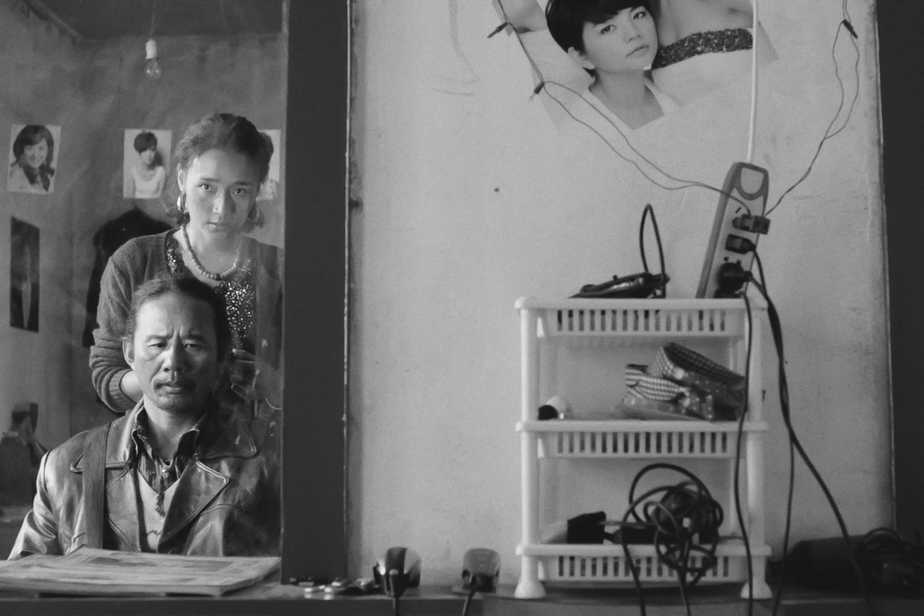
Pema Tseden's “Tharlo” a face was indeed the starting point first for his novel and later on its film adaptation, the image of a man with a ponytail, as he explains in an interview with Tony Huang. In general, the physical features, especially the face, may lead to various associations about the personality, the occupation, the family as well as the various experiences the character has gone through or has to go through since these are part of the story you want to tell. Considering this was Tseden's starting point it should not come as a surprise he has made a feature about the struggle with one's identity, about the longing to deviate from a path which feels it has been determined by outside forces or, to be more precise, the image others have of you…In the end, “Tharlo” is a great movie about a person's quest to change and the repercussions of this process. (Rouven Linnarz)
Buy This Title
18. The Great Buddha + (Huang Hsin-yao, 2017, Taiwan)

In a reverse fashion to the traditional find-footage movie, “The Great Buddha +” is shot in a very crisp, contrasted black and white while the dash-cam videos are in bright and vivid colours. Like a portal on another dimension, the computer screen opens up a psychedelic world that our 2 losers, stuck at the bottom of society, can only imagine and that feels light-years away from them. In a surreal P.O.V. mode they peruse a city that is not for them, with colours they never see and women they'll never have. It's a world of “us” and “them” on the other side of the glass, but also the of “me” and “you” as in one of the final scenes of the movie Pickle sadly reflects, sitting in Belly Button's bed-pod and surrounded by the soft toys won by his friend at the Claw Machine… An art-house movie with a humorous dark heart and a sarcastic observation of social insurmountable divide, “The Great Buddha +” is a very high starting point for first-time feature director Huang that deserves wide visibility and recognition. (Adriana Rosati)
Buy This Title
19. The Gun (Masaharu Take, 2018, Japan)
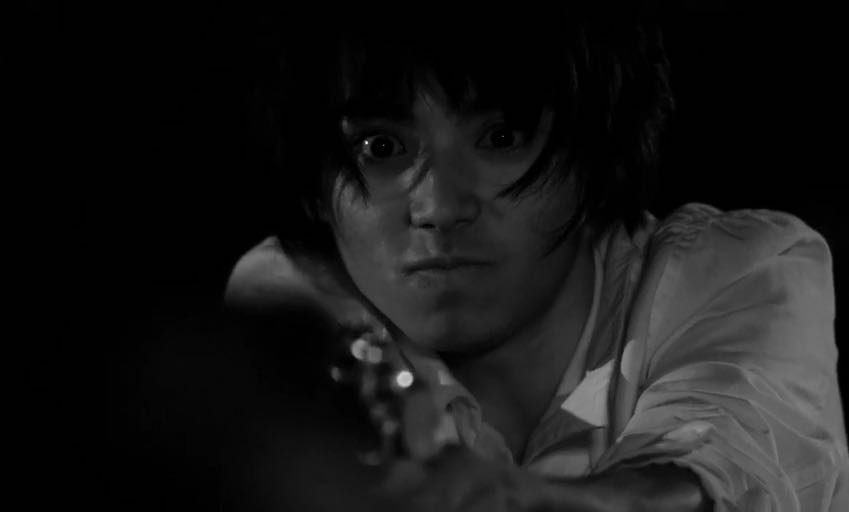
Masaharu Take directs a black-and-white film that shares much similarities with “Crime and Punishment” in its basic premise and much with the Japanese New Wave (and subsequently the French Nouvelle Vague) in its visual approach. The gun, in that fashion, is just a tool to explore a very interesting character in Toru, and to progress the story into a path that allows him to make a number of social and philosophical (existential) comments…“The Gun” is an impressive movie, one of the best in Take's cinematography and among the best Japanese films of the year. (Panos Kotzathanasis)
Buy This Title
20. The Wasteland (Ahmad Bahrami, 2020, Iran)

Iranian director Ahmad Bahrami creates a dusty allegory out of time and space, using a traditional mud-brick factory in the middle of a desert where a microcosm of humanity is trapped in a surreal loop of working, eating, being lied at and so on. In a Rashomon-style PoV repetition, each member of the small staff – comprising different ethnicities and peculiarities of Iran – is dealing with the announcement of a final closure of the factory, each one of them has worries and is reassured by the multifaceted owner. Lotfollah, the caretaker born there who hasn't known any other reality is the only one who will take his destiny into his own hands. Shot in a splendid black and white, in Academy ratio and perfectly synchronised long takes, “The Wasteland” is a claustrophobic tale of the working class, inescapably trapped in a never-ending metaphoric assembly line. (Adriana Rosati)



